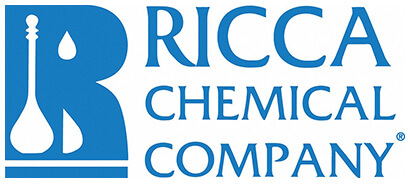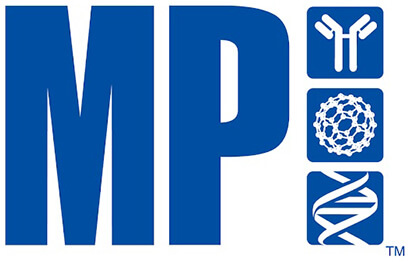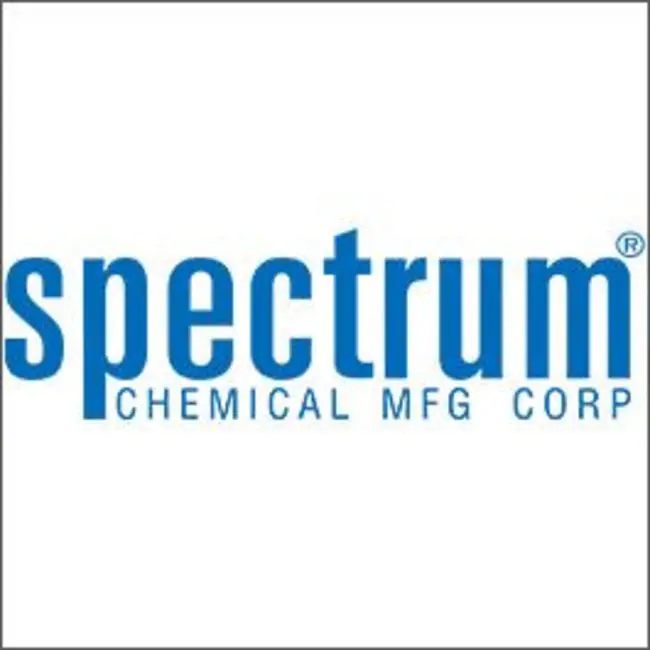Ambient
Showing 62951–63000 of 153674 results
-
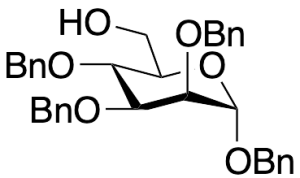
Benzyl 2,3,4-Tri-O-benzyl-Alpha-D-mannopyranoside
$346.73 Add to cart View Product DetailsMolecular Formula : C33 H34 O5
-
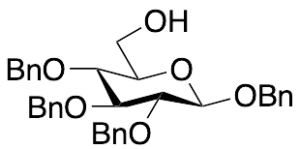
Benzyl 2,3,4-Tri-O-benzyl-Beta-D-glucopyranoside
$94.01 Add to cart View Product DetailsMolecular Formula : C34 H36 O6
-

Benzyl 2,3,4-Tri-O-benzyl-Beta-D-glucopyranoside
$171.64 Add to cart View Product DetailsMolecular Formula : C34 H36 O6
-

Benzyl 2,3,4-Tri-O-benzyl-Beta-D-glucopyranoside
$281.18 Add to cart View Product DetailsMolecular Formula : C34 H36 O6
-

Benzyl 2,3,4-Tri-O-benzyl-D-glucuronate
$1,268.74 Add to cart View Product DetailsMolecular Formula : C34 H34 O7
-
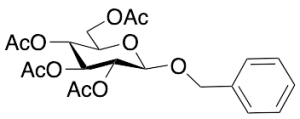
Benzyl 2,3,4,6-Tetra-O-acetyl-ß-D-Glucopyranoside
$144.04 Add to cart View Product DetailsMolecular Formula : C21 H26 O10
-
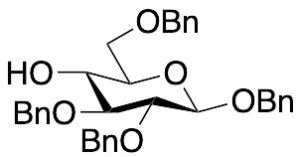
Benzyl 2,3,6-Tri-O-benzyl-b-D-glucopyranoside
$1,260.11 Add to cart View Product DetailsMolecular Formula : C34 H36 O6
-
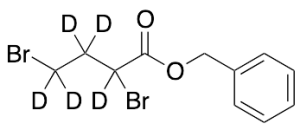
Benzyl 2,4-Dibromobutyrate-d5
$122.48 Add to cart View Product DetailsMolecular Formula : C11H7D5Br2O2
-

Benzyl 2,4-Dibromobutyrate-d5
$210.45 Add to cart View Product DetailsMolecular Formula : C11H7D5Br2O2
-

Benzyl 2,4-Dibromobutyrate-d5
$495.94 Add to cart View Product DetailsMolecular Formula : C11H7D5Br2O2
-

Benzyl 3-(4-Hydroxyphenyl)propionate
$78.49 Add to cart View Product DetailsMolecular Formula : C16 H16 O3
-

Benzyl 3-(4-Hydroxyphenyl)propionate
$132.83 Add to cart View Product DetailsMolecular Formula : C16 H16 O3
-

Benzyl 3-(4-Hydroxyphenyl)propionate
$232.01 Add to cart View Product DetailsMolecular Formula : C16 H16 O3
-
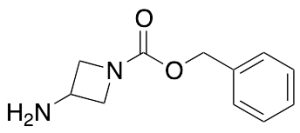
Benzyl 3-Aminoazetidine-1-carboxylate
$62.10 Add to cart View Product DetailsMolecular Formula : C11H14N2O2
-

Benzyl 3-Aminoazetidine-1-carboxylate
$174.23 Add to cart View Product DetailsMolecular Formula : C11H14N2O2
-

Benzyl 3-Hydroxypropionate
$132.83 Add to cart View Product DetailsMolecular Formula : C10H12O3
-

Benzyl 3-Oxo-3-ureidopropanoate
$182.85 Add to cart View Product DetailsMolecular Formula : C11 H15 N5 O5
-

Benzyl 3-Oxo-3-ureidopropanoate
$402.79 Add to cart View Product DetailsMolecular Formula : C11 H15 N5 O5
-

Benzyl 3-Oxo-3-ureidopropanoate
$742.61 Add to cart View Product DetailsMolecular Formula : C11 H15 N5 O5
-
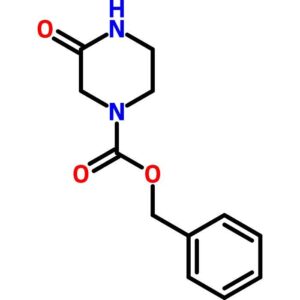
Benzyl 3-Oxopiperazine-1-carboxylate
$46.68 Add to cart View Product DetailsBenzyl 3-Oxopiperazine-1-carboxylate
-

Benzyl 3-Oxopiperazine-1-carboxylate
$151.42 Add to cart View Product DetailsBenzyl 3-Oxopiperazine-1-carboxylate
-
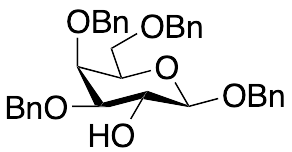
Benzyl 3,4,6-Tri-O-benzyl-Beta-D-galactopyranoside
$1,245.45 Add to cart View Product DetailsMolecular Formula : C34 H36 O6
-

Benzyl 3’-Sulfo-Beta-D-lactoside Sodium Salt
$154.39 Add to cart View Product DetailsMolecular Formula : C19 H27 O14 S . Na
-

Benzyl 3’-Sulfo-Beta-D-lactoside Sodium Salt
$264.79 Add to cart View Product DetailsMolecular Formula : C19 H27 O14 S . Na
-
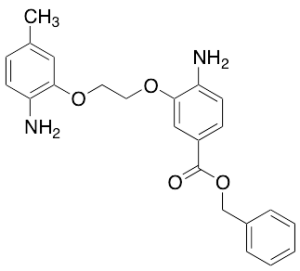
Benzyl 4-Amino-3-(2-(2-amino-5-methylphenoxy)ethoxy)benzoate
$516.64 Add to cart View Product DetailsMolecular Formula : C23 H24 N2 O4
-

Benzyl 4-Amino-3-(2-(2-amino-5-methylphenoxy)ethoxy)benzoate
$999.64 Add to cart View Product DetailsMolecular Formula : C23 H24 N2 O4
-

Benzyl 4-Amino-3-(2-(2-amino-5-methylphenoxy)ethoxy)benzoate
$1,703.44 Add to cart View Product DetailsMolecular Formula : C23 H24 N2 O4
-
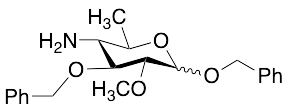
Benzyl 4-Amino-4,6-dideoxy-2-O-methyl-3-O-benzyl-D-glucopyranoside
$232.88 Add to cart View Product DetailsMolecular Formula : C21 H27 N O4
-

Benzyl 4-Amino-4,6-dideoxy-2-O-methyl-3-O-benzyl-D-glucopyranoside
$1,794.86 Add to cart View Product DetailsMolecular Formula : C21 H27 N O4
-
![Benzyl 4-Cyano-4-deoxy-2,3-O-[(1S,2S)-1,2-dimethoxy-1,2-dimethyl-1,2-ethanediyl]-Beta-D-arabinopyranoside](https://advatechgroup.com/wp-content/uploads/sys-masterimagesh4ah3210622102208542B233780-300x188.png)
Benzyl 4-Cyano-4-deoxy-2,3-O-[(1S,2S)-1,2-dimethoxy-1,2-dimethyl-1,2-ethanediyl]-Beta-D-arabinopyranoside
$166.46 Add to cart View Product DetailsMolecular Formula : C19H25NO6
-
![Benzyl 4-Cyano-4-deoxy-2,3-O-[(1S,2S)-1,2-dimethoxy-1,2-dimethyl-1,2-ethanediyl]-Beta-D-arabinopyranoside](https://advatechgroup.com/wp-content/uploads/sys-masterimagesh4ah3210622102208542B233780-300x188.png)
Benzyl 4-Cyano-4-deoxy-2,3-O-[(1S,2S)-1,2-dimethoxy-1,2-dimethyl-1,2-ethanediyl]-Beta-D-arabinopyranoside
$1,285.99 Add to cart View Product DetailsMolecular Formula : C19H25NO6
-
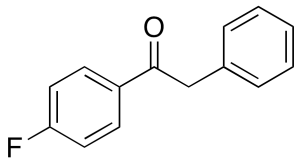
Benzyl 4-Fluorophenyl Ketone
$111.26 Add to cart View Product DetailsMolecular Formula : C14 H11 F O
-

Benzyl 4-Fluorophenyl Ketone
$166.46 Add to cart View Product DetailsMolecular Formula : C14 H11 F O
-

Benzyl 4-Fluorophenyl Ketone
$225.98 Add to cart View Product DetailsMolecular Formula : C14 H11 F O
-
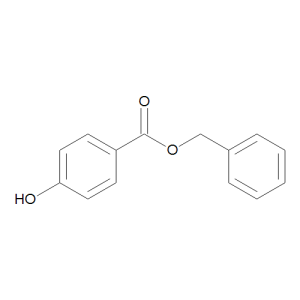
Benzyl 4-Hydroxybenzoate (Benzyl Paraben)
$66.41 Add to cart View Product DetailsMolecular Formula : C14 H12 O3
-

Benzyl 4-Hydroxybenzoate (Benzyl Paraben)
$179.40 Add to cart View Product DetailsMolecular Formula : C14 H12 O3
-

Benzyl 4-O-(2-Acetamido-2-deoxy-3,4,6-Tri-O-acetyl-Beta-D-glucopyranosl)-N-acetyl-Alpha-D-muramic Acid Methyl Ester
$144.04 Add to cart View Product DetailsMolecular Formula : C40H52N2O16
-

Benzyl 4-O-(2-Acetamido-2-deoxy-3,4,6-Tri-O-acetyl-Beta-D-glucopyranosl)-N-acetyl-Alpha-D-muramic Acid Methyl Ester
$1,131.60 Add to cart View Product DetailsMolecular Formula : C40H52N2O16
-

Benzyl 4-O-(2,3,4,6-tetra-O-acetyl-Beta-O-galactopyranosyl)- 2,3,6-tri-O-acetyl-Beta-D-glucopyranoside
$106.09 Add to cart View Product DetailsMolecular Formula : C33 H42 O18
-

Benzyl 4-O-(2,3,4,6-tetra-O-acetyl-Beta-O-galactopyranosyl)- 2,3,6-tri-O-acetyl-Beta-D-glucopyranoside
$182.85 Add to cart View Product DetailsMolecular Formula : C33 H42 O18
-

Benzyl 4-O-(2,3,4,6-tetra-O-acetyl-Beta-O-galactopyranosyl)- 2,3,6-tri-O-acetyl-Beta-D-glucopyranoside
$357.94 Add to cart View Product DetailsMolecular Formula : C33 H42 O18
-
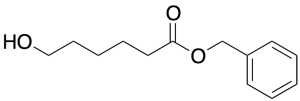
Benzyl 6-Hydroxyhexanoate
$214.76 Add to cart View Product DetailsMolecular Formula : C13 H18 O3
-

Benzyl 6-Hydroxyhexanoate
$374.33 Add to cart View Product DetailsMolecular Formula : C13 H18 O3
-

Benzyl 6-Hydroxyhexanoate
$700.35 Add to cart View Product DetailsMolecular Formula : C13 H18 O3
-

Benzyl 6-Methyloctanoate
$83.66 Add to cart View Product DetailsMolecular Formula : C16H24O2
-

Benzyl 6-Methyloctanoate
$258.75 Add to cart View Product DetailsMolecular Formula : C16H24O2
-

Benzyl 6-Methyloctanoate
$1,209.23 Add to cart View Product DetailsMolecular Formula : C16H24O2
-
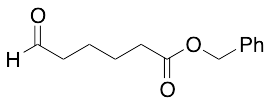
Benzyl 6-Oxohexanoate
$192.34 Add to cart View Product DetailsMolecular Formula : C36 H38 O7 S
-

Benzyl 6-Oxohexanoate
$384.68 Add to cart View Product DetailsMolecular Formula : C36 H38 O7 S
-

Benzyl 6-Oxohexanoate
$709.84 Add to cart View Product DetailsMolecular Formula : C36 H38 O7 S


